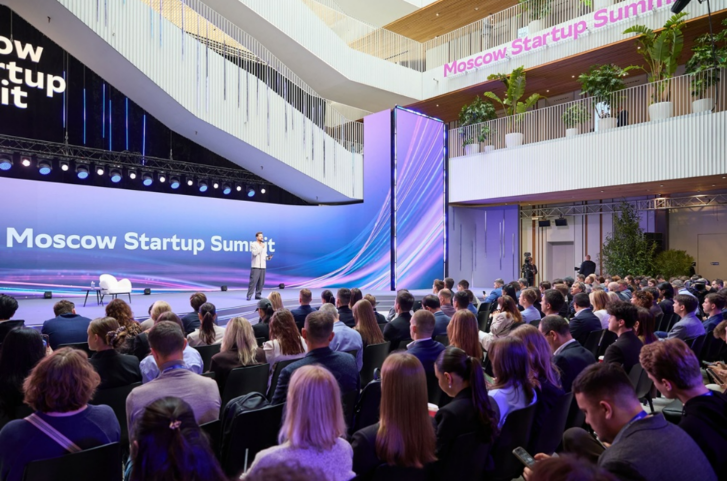
Business
Moscow Innovation Cluster Reveals More Russian Startups Survive Than Commonly Believed
A new study released by the Moscow Innovation Cluster at the Moscow Startup Summit—organized by the Government of Moscow and Sber—has challenged long-held assumptions about startup survival rates in Russia. The report, which compares global data on business failures with an in-depth analysis of Russian startups, provides a more nuanced and optimistic view of the nation’s innovation landscape.
Global Shift in Startup Risk Perception
The study highlights a global change in how startup risks are perceived. The so-called “Valley of Death,” once viewed solely as a danger zone for new businesses, is increasingly recognized as a necessary and even beneficial phase in a company’s growth. According to the report, success depends less on the initial amount of funding and more on a team’s ability to adapt to the market, respond to feedback, and utilize external support effectively.
Despite existing challenges, Russia’s startup ecosystem is evolving into a robust and diversified environment, with three-year survival rates now comparable to those of Europe and the United States.
Debunking the “90% Failure” Myth
The study dismisses the outdated claim that 90% of Russian startups fail within their first year—a figure that originated in the 2010s from research focused mainly on internet startups. Modern global data indicates that 40–60% of new ventures close within their first few years, depending on country, industry, and support systems.
The primary cause of startup failure is not a lack of funding but insufficient market demand and weak market analysis. Other contributing factors include:
-
Poor demand forecasting
-
Limited financing
-
Weak team structure
-
Strong competition
-
Poor product launch timing
-
Neglecting customer feedback
-
Unclear product design
-
Ineffective marketing strategies
-
Pricing mistakes or high operational costs
Who Survives — and Why
Around 80% of Russian startups experience early-stage crises, with 41% struggling during their first sales and 34% during product testing. Survival, the study notes, relies on a holistic approach that goes beyond cost-cutting.
According to the findings, 88% of startups sought external support to overcome challenges:
-
50% did so at the first sign of trouble,
-
33% waited until they could no longer manage independently, and
-
11% only sought help after strong external encouragement.
The most effective forms of support include:
-
Major clients and partners, who ease obligations and provide valuable product feedback.
-
Development institutions, offering structured guidance and resources.
-
Incubators and accelerators, providing mentorship, networking, and product testing opportunities.
-
Business angels, offering financial backing and strategic advice.
However, the study emphasizes that external help is only effective when paired with internal strengths—namely, strong leadership, cohesive teams, and agile decision-making.
Russian Startups Show Stronger Resilience
The research reveals that about 61% of Russian tech startups remain active after three years, outperforming the global average. Startups launched during or after the pandemic demonstrated even greater resilience, having been designed for flexibility and built around emerging market opportunities from the outset.
Conclusion
The Moscow Innovation Cluster’s findings offer a more realistic and positive perspective on Russia’s startup ecosystem. The so-called “Valley of Death” is no longer seen as a fatal phase but as a crucial stage of evolution that strengthens companies. The report concludes that the key to survival lies in three elements: understanding customer needs, building a capable team, and leveraging national support structures.
Russian startups, it appears, are proving that resilience and adaptability—not just capital—define long-term success.
📢
Advertisement Space
750x200 pixels
Click to book this space
Comments (0)
Please log in to post a comment
Login to CommentNo comments yet. Be the first to share your thoughts!